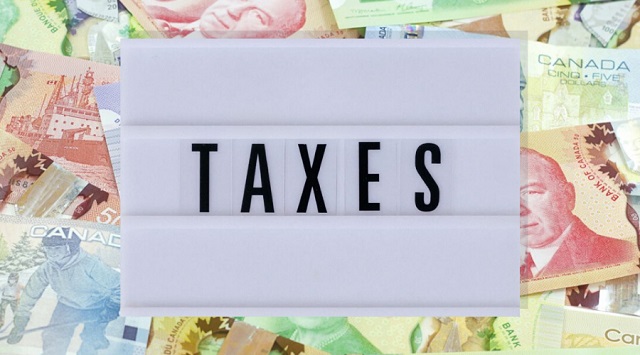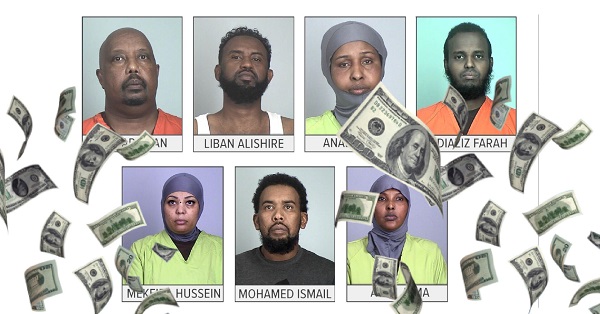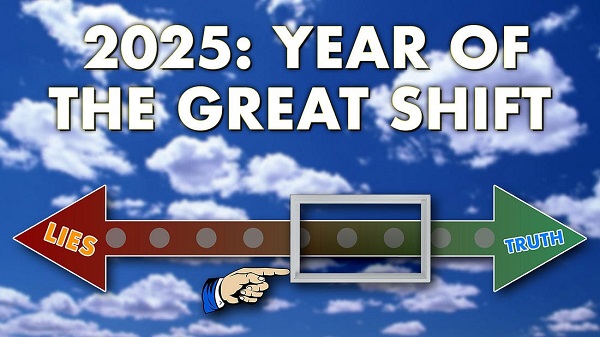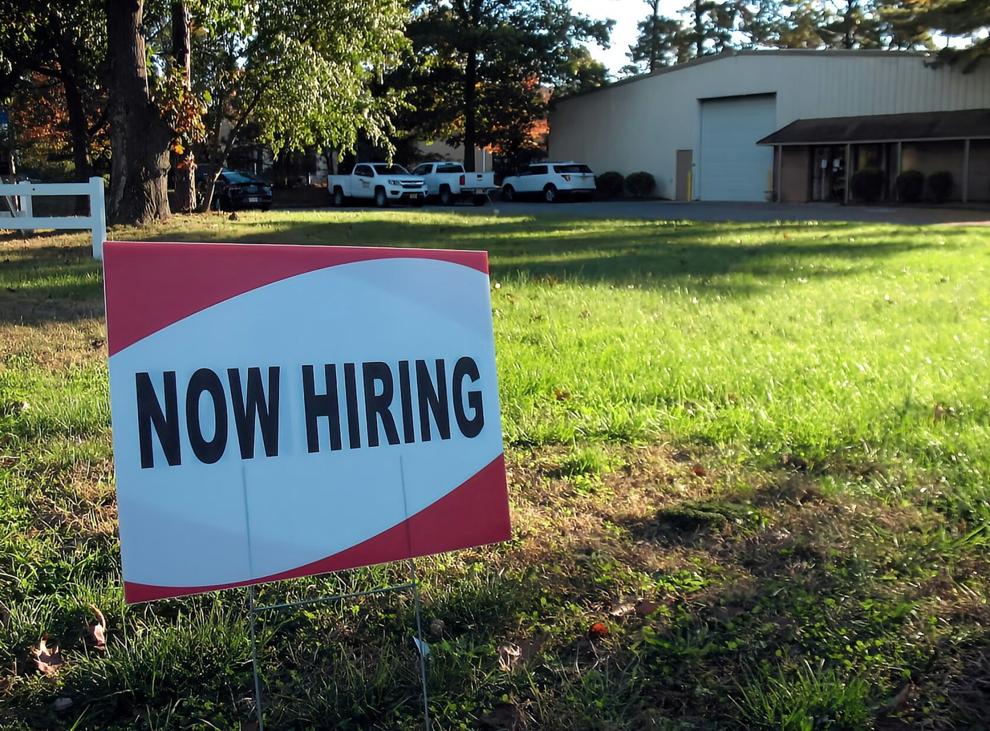Business
Trudeau hiking taxes again in 2024

From the Canadian Taxpayers Federation
Author: Franco Terrazzano
Brace for impact, taxpayers.
Prime Minister Justin Trudeau will be reaching deeper into your pockets in the new year with payroll tax hikes, a carbon tax hike and alcohol tax hikes.
Canadians will be paying higher payroll taxes because of the mandatory rising Canada Pension Plan and Employment Insurance contributions.
If you make $73,200 or more, you’ll be paying an extra $347 in payroll taxes in 2024, for a total tax bill of $5,104.
Your employer will also be forced to fork over $5,524 in the new year.
The federal government is imposing a new tax, which it calls “CPP2.” The original CPP taxes your income at six per cent up to $68,500. The new CPP2 expands that threshold and taxes additional income at four per cent up to $73,200.
Trudeau likes to claim he’s “working to make life more affordable.” But he’s also hiking a tax that directly makes life more expensive: the carbon tax.
The carbon tax increases the price of gasoline, diesel and home heating fuels, which is a big deal in our vast, cold country. The carbon tax also makes groceries more expensive, as it increases costs for the farmers who grow our food and the truckers who deliver it.
The carbon tax will cost the average family up to $911 in 2024 even after the rebates, according to the Parliamentary Budget Officer.
The feds are also scheming up a digital services tax. This new tax targets social media platforms, companies operating digital marketplaces, and businesses earning revenue from online advertising, such as Amazon, Google, Facebook, Uber and Airbnb.
Consumers should expect to pay higher prices because of the tax. When faced with the three per cent DST in France, Amazon increased its commission charge to French vendors by the same amount.
You could be forgiven if all these tax hikes drive you to drink.
But when you pick up that case of Blue, a bottle of pinot or a mickey of rum, Trudeau will be taking an extra 4.7 per cent from you through his alcohol tax hikes.
Next year’s federal alcohol tax hike is expected to cost taxpayers almost $100 million.
Taxes in Canada already account for about half of the price of beer, 65 per cent of the price of wine and more than three quarters of the price of spirits.
While Trudeau hikes taxes, many other countries are providing relief.
The Canadian Taxpayers Federation identified 51 national governments that provided tax relief during the pandemic or to ease the burdens of inflation. Those governments include more than half of the G7 and G20 countries and two-thirds of the countries in the Organization for Economic Co-operation and Development.
Provincial governments – of all political stripes – are also providing relief.
Manitoba’s NDP government is suspending its fuel tax in the new year. Gas tax relief from Ontario’s Progressive Conservatives will save a family with a minivan and pick-up truck about $185 through June 2024. And the Liberals in Newfoundland and Labrador cut their gas tax by eight cents per litre.
The Alberta government promised to cut personal income taxes and passed legislation requiring a vote before a government can increase income or business taxes. Manitoba’s income tax cuts could save an individual taxpayer more than $2,000. Quebec lowered its income tax rate on the first two brackets. New Brunswick implemented significant income tax relief in 2023. And Prince Edward Island’s income tax cut will save middle-class taxpayers up to $200.
The fastest, simplest and easiest way for Trudeau to make all areas of life more affordable is to ditch his high-tax policies and allow Canadians to keep more of our money.
Business
Largest fraud in US history? Independent Journalist visits numerous daycare centres with no children, revealing massive scam

A young journalist has uncovered perhaps the largest fraud scheme in US history.
He certainly isn’t a polished reporter with many years of experience, but 23 year old independent journalist Nick Shirley seems to be getting the job done. Shirley has released an incredible video which appears to outline fraud after fraud after fraud in what appears to be a massive taxpayer funded scheme involving up to $9 Billion Dollars.
In one day of traveling around Minneapolis-St. Paul, Shirley appears to uncover over $100 million in fraudulent operations.
🚨 Here is the full 42 minutes of my crew and I exposing Minnesota fraud, this might be my most important work yet. We uncovered over $110,000,000 in ONE day. Like it and share it around like wildfire! Its time to hold these corrupt politicians and fraudsters accountable
We ALL… pic.twitter.com/E3Penx2o7a
— Nick shirley (@nickshirleyy) December 26, 2025
Business
“Magnitude cannot be overstated”: Minnesota aid scam may reach $9 billion

Federal prosecutors say Minnesota’s exploding social-services fraud scandal may now rival nearly the entire economy of Somalia, with as much as $9 billion allegedly stolen from taxpayer-funded programs in what authorities describe as industrial-scale abuse that unfolded largely under the watch of Democrat Gov. Tim Walz. The staggering new estimate is almost nine times higher than the roughly $1 billion figure previously suspected and amounts to about half of the $18 billion in federal funds routed through Minnesota-run social-services programs since 2018, according to prosecutors. “The magnitude cannot be overstated,” First Assistant U.S. Attorney Joe Thompson said Thursday, stressing that investigators are still uncovering massive schemes. “This is not a handful of bad actors. It’s staggering, industrial-scale fraud. Every day we look under a rock and find another $50 million fraud operation.”
Authorities say the alleged theft went far beyond routine overbilling. Dozens of defendants — the vast majority tied to Minnesota’s Somali community — are accused of creating sham businesses and nonprofits that claimed to provide housing assistance, food aid, or health-care services that never existed, then billing state programs backed by federal dollars. Thompson said the opportunity became so lucrative it attracted what he called “fraud tourism,” with out-of-state operators traveling to Minnesota to cash in. Charges announced Thursday against six more people bring the total number of defendants to 92.
BREAKING: First Assistant U.S. Attorney Joe Thompson revealed that 14 state Medicaid programs have cost Minnesota $18 billion since 2018, including more than $3.5 billion in 2024 alone.
Thompson stated, "Now, I'm sure everyone is wondering how much of this $18 billion was… pic.twitter.com/hCNDBuCTYH
— FOX 9 (@FOX9) December 18, 2025
Among the newly charged are Anthony Waddell Jefferson, 37, and Lester Brown, 53, who prosecutors say traveled from Philadelphia to Minnesota after spotting what they believed was easy money in the state’s housing assistance system. The pair allegedly embedded themselves in shelters and affordable-housing networks to pose as legitimate providers, then recruited relatives and associates to fabricate client notes. Prosecutors say they submitted about $3.5 million in false claims to the state’s Housing Stability Services Program for roughly 230 supposed clients.
Other cases show how deeply the alleged fraud penetrated Minnesota’s health-care programs. Abdinajib Hassan Yussuf, 27, is accused of setting up a bogus autism therapy nonprofit that paid parents to enroll children regardless of diagnosis, then billed the state for services never delivered, netting roughly $6 million. Another defendant, Asha Farhan Hassan, 28, allegedly participated in a separate autism scheme that generated $14 million in fraudulent reimbursements, while also pocketing nearly $500,000 through the notorious Feeding Our Future food-aid scandal. “Roughly two dozen Feeding Our Future defendants were getting money from autism clinics,” Thompson said. “That’s how we learned about the autism fraud.”
The broader scandal began to unravel in 2022 when Feeding Our Future collapsed under federal investigation, but prosecutors say only in recent months has the true scope of the alleged theft come into focus. Investigators allege large sums were wired overseas or spent on luxury vehicles and other high-end purchases. The revelations have fueled political fallout in Minnesota and prompted renewed federal scrutiny of immigration-linked fraud as well as criticism of state oversight failures. Walz, who is seeking re-election in 2026 after serving as Kamala Harris’ running mate in 2024, defended his administration Thursday, saying, “We will not tolerate fraud, and we will continue to work with federal partners to ensure fraud is stopped and fraudsters are caught.” Prosecutors, however, made clear the investigation is far from finished — and warned the final tally could climb even higher.
-

 International19 hours ago
International19 hours agoOttawa is still dodging the China interference threat
-

 Business17 hours ago
Business17 hours agoThere’s No Bias at CBC News, You Say? Well, OK…
-

 Automotive16 hours ago
Automotive16 hours agoCanada’s EV gamble is starting to backfire
-

 International18 hours ago
International18 hours ago2025: The Year The Narrative Changed
-

 Fraser Institute2 days ago
Fraser Institute2 days agoCarney government sowing seeds for corruption in Ottawa
-

 Business1 day ago
Business1 day agoResidents in economically free states reap the rewards
-

 Alberta1 day ago
Alberta1 day agoAlberta project would be “the biggest carbon capture and storage project in the world”
-

 Alberta2 days ago
Alberta2 days agoAlberta Next Panel calls for less Ottawa—and it could pay off






